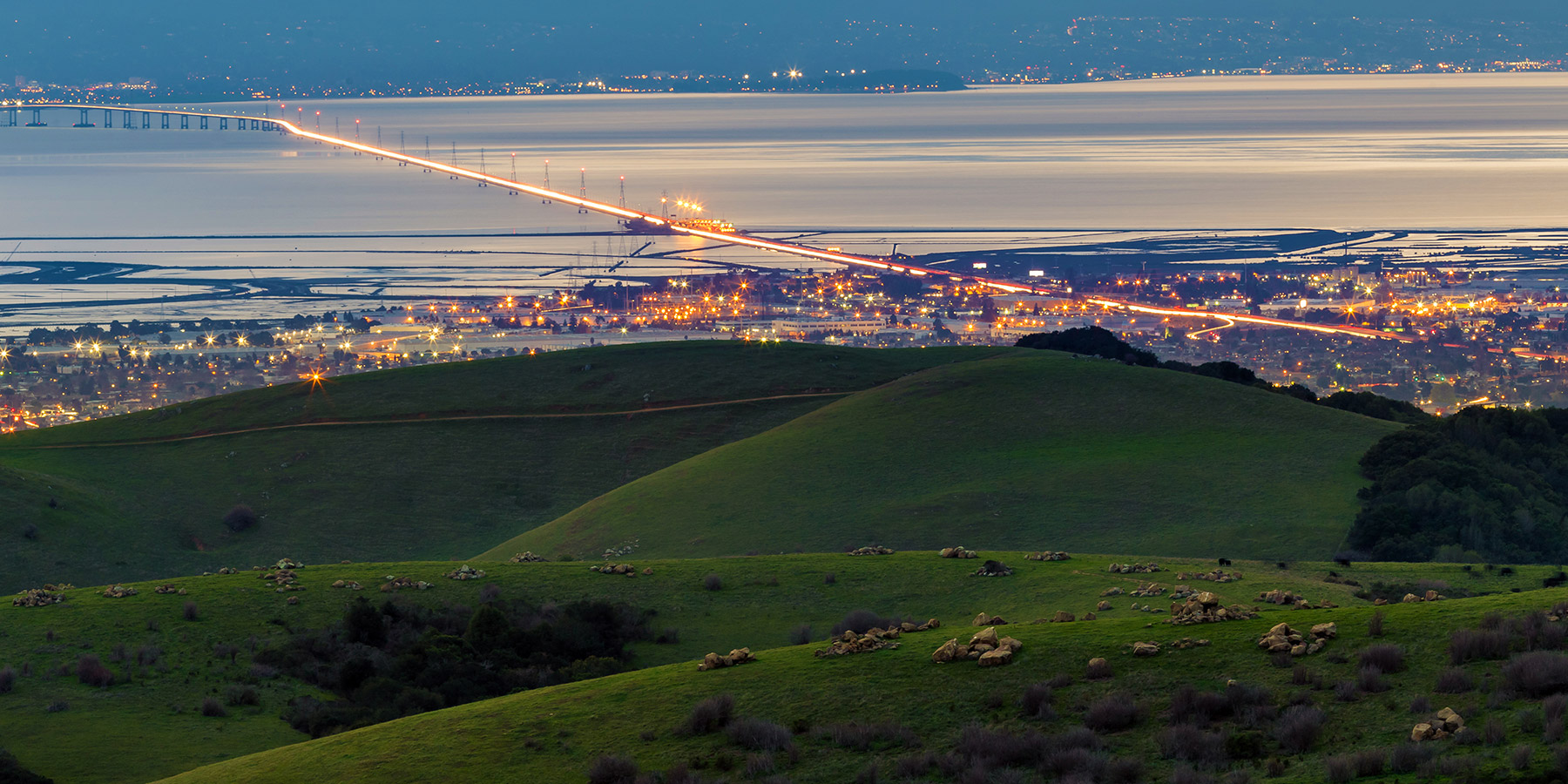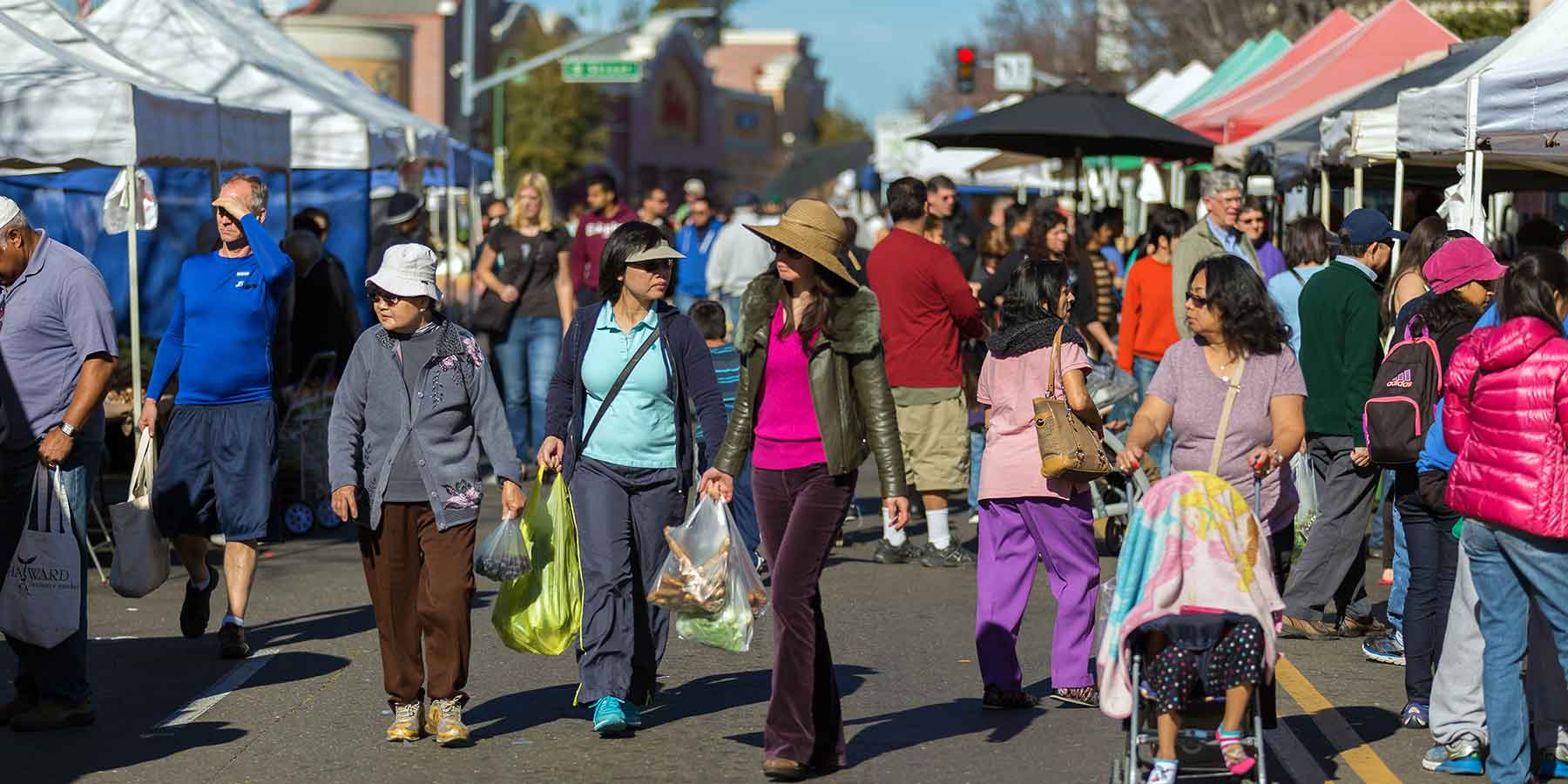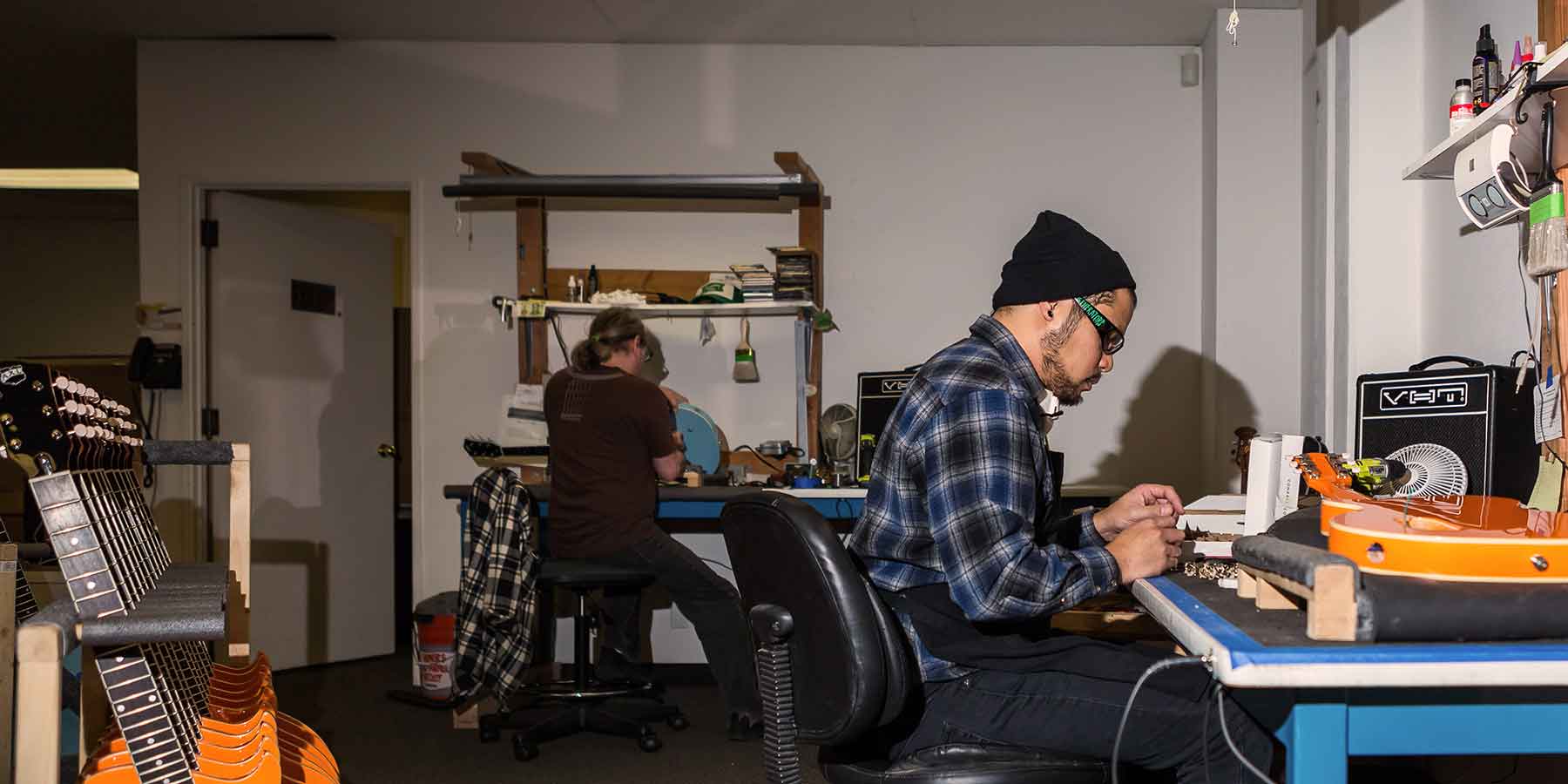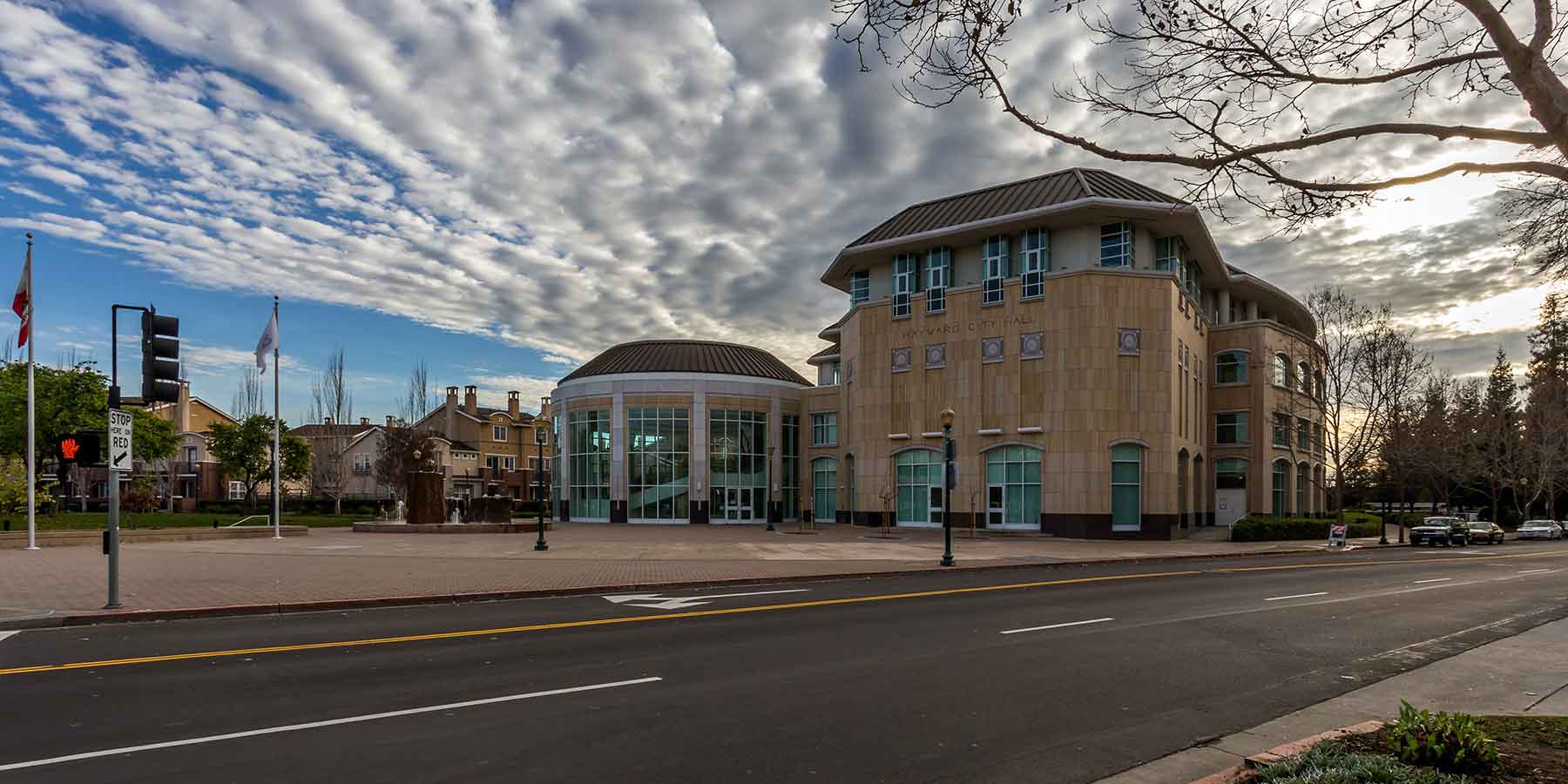Hayward History
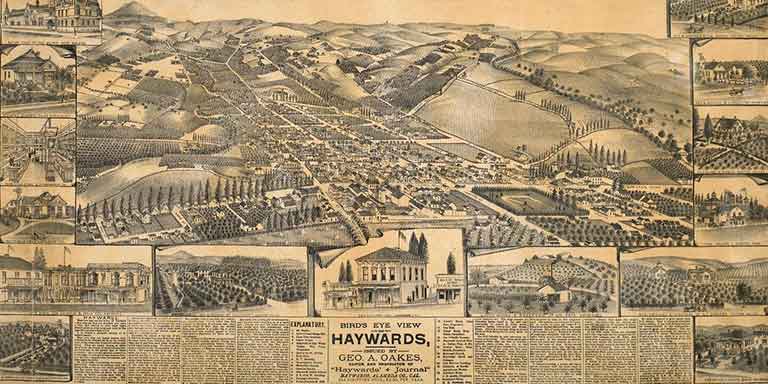
Our rundown below is just a glimpse into the City's past. For a deep dive into Hayward's history, art and culture, visit the Hayward Area Historical Society online (and in person!).
The Ohlone
Before the appearance of the Spanish padres and the founding of Mission San Jose, the Hayward area was occupied by the Ohlone and Yrgin Indians for some 3,000 years. They lived in cone-shaped straw and mud huts, coming down from the hills to the bay to gather shellfish and hunt sea lions.
Rancho San Lorenzo
In 1843, the Mexican government granted soldier and surveyor Guillermo Castro almost 27,000 acres of land stretching from the Bay to beyond the hills, including present-day Castro Valley, Hayward, and San Lorenzo. Castro named the area Rancho San Lorenzo and settled on the site of historic City Hall on Mission Boulevard. Castro's personal corral still exists today as the City's Heritage Plaza and Arboretum.
Haywards Hotel
On his way from gold country to San Francisco in 1851,a failed prospector named William Hayward passed through Castro’s land. Hayward liked what he saw and purchased several acres of land from Castro in what is now downtown Hayward. In 1852, Hayward set up a small general store at the corner of A Street and Mission Boulevard.
The store became a major stop on the road from Oakland to San Jose, due in no small part to Hayward's position as Road Commissioner of Alameda County. Hayward expanded his business, erecting a lodging house that grew to become the famous Haywards Hotel. Unfortunately for Castro, squatters, lawsuits and financial misfortune forced him to mortgage his ranch until finally in 1864 the remaining acreage was seized by the county to pay his debts and auctioned off for $30,000. Castro moved his family to South America and never returned.
The First Great San Francisco Earthquake
On the morning of October 21, 1868, the Southern segment of the Hayward Fault ruptured, triggering a M7.0 earthquake that was felt as far away as Nevada. Nearly every building in the Hayward area was destroyed or significantly damaged in the earthquake, including some buildings that were rolled onto their sides by the ground movement. The 1868 Hayward Quake was known as the "great San Francisco earthquake" until 1906.
The Heart of the Garden of Eden
In the late 1800s, fruit orchards, cattle ranches, stores and other businesses proliferated on what had been Castro's land. In the early decades of the 20th Century, the Hayward Area became known as the “Heart of the Garden of Eden” because of its temperate climate and fertile soil. Everything – produce, chickens, cattle, flowers – grew in abundance. By 1950, Hayward, grown to a population of 14,000, had become the “Apricot City” and home to Hunt’s Cannery.
From a Town to a City
When the town was incorporated on March 11, 1876, it was officially named “Haywards” after the landmark hotel. The “s” was dropped several years later. Hayward’s climate, soil, and perfect location in the heart of the Bay Area have spurred tremendous growth for decades. Following World War II, housing developments began replacing farms and ranches. Between 1950 and 1960, the population increased fivefold from 14,000 to 72,000, and has continued to grow ever since. Today, Hayward is home to the second-most diverse population in California, one of the nation's first annual gay proms, the state's first Japanese garden, and the longest-running Battle of the Bands in America.
Hayward Today
With 150,000 residents, today the City of Hayward is the sixth-largest city in the Bay Area and a thriving regional center of commerce, manufacturing activity and trade. Known as the "Heart of the Bay," Hayward has capitalized on its unparalleled location to become one of the most desirable business locations for companies in advanced industries.
The City continues to plan for the future, maintaining a balance between the needs of our diverse residents and a growing business community. The City works hard to balance the needs of our growing population with the preservation of open space and an aggressive economic development strategy.
A perfect day in Hayward takes you from the hills to the shoreline with innumerable delights in between:
Start your day with a ridgeline hike at sunrise with 360 degree views of the entire Bay Area. Challenge yourself at one of three quality golf courses showcasing the region’s unique topography. Enjoy an early dinner at one of the United States’ first brewpubs, then walk a few steps for a different kind of Zen meditation in California’s oldest Japanese garden. Wend your way back through a historic downtown with buildings that trace their roots back to the 1860s, then spend the twilight strolling along the pristine shoreline, surrounded by native wildlife as the sun dips below the San Francisco skyline on the horizon.


